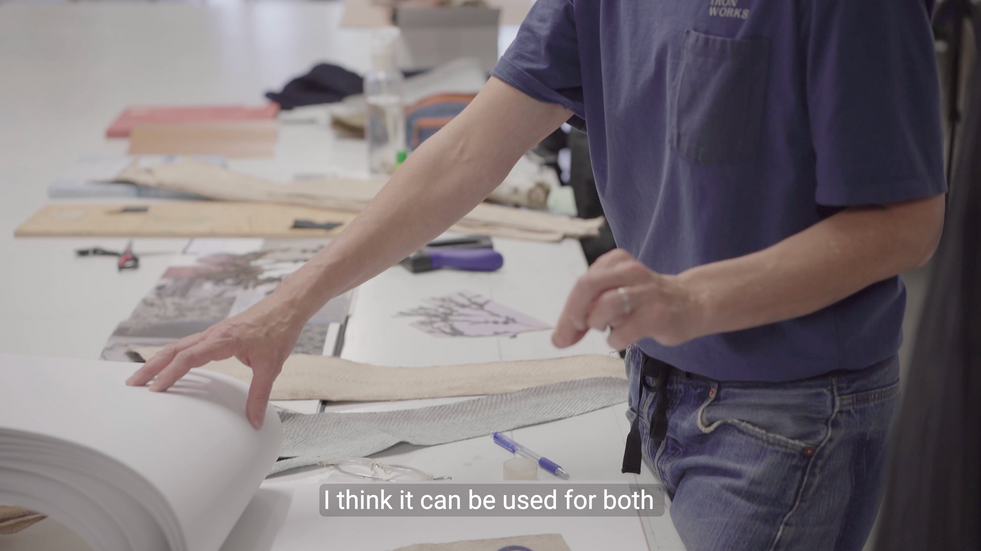"A designer and an engineer join an EU-funded project to test the viability of recycling piscine waste into leather for the fashion industry; they feel success is in the bag". The times of Israel has published the story of the fruitful collaboration between three FISHSkin partners: Tanned skins from Nordic Fish Leather of Iceland were digitally printed by Israeli based Kornit Digital, featuring the work of designer Ori Topaz from Shenkar, who designed the prints and the handbags made of it.
Author Sharon Wrobel writes: "As part of the joint project, Farber and Topaz combined creativity with engineering, overcoming the technological hurdles that faced digital ink printing on fish skin, to design and manually craft two artisanal handbags, which they say serve as a proof of concept that they can be manufactured on an industrial level."
Photography: Achikam Ben Yosef, Ori Topaz
- Jan 24, 2024
Join us for a small journey with our researchers Katrín Káradóttir from Icelnd University of the Arts, Gustavo Defeo from ArsTinctoria and Hlynur Ársælsson form Nordic Fish Leather, and learn a bit more about the thoughts, vision, history, and industrial techniques that are involved in this unique project.
The video, by Giovanni Perotto and Gabriel Barretta from the Italian Institute of technology, can be found under the Mission & Vision tab.
- Jan 11, 2024
Have a look at a wide range of experiment and variations from the project's portfolio of samples; get to know the endless possibilities and the different characteristics of the material, as explored by FISHSkin's researchers in the areas of dyeing, printing, engraving, laser cut, seams and joints, application and fashion.
© All rights reserved


























































































































